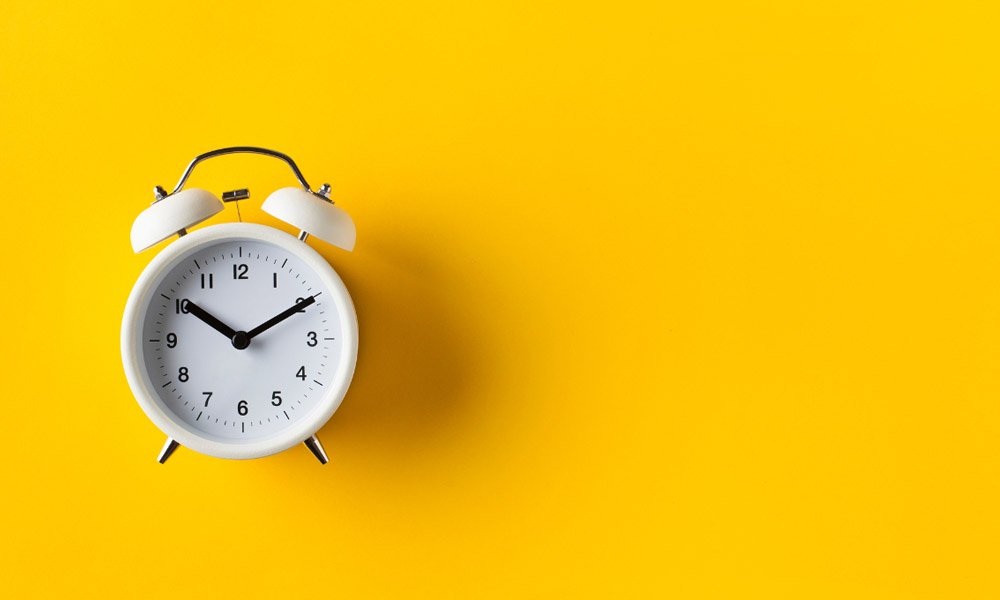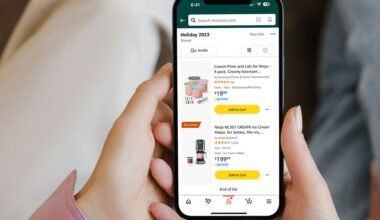In the ever-changing environment of social media, time is critical in deciding the effectiveness of your postings. While many marketers and content providers highlight the value of high-quality content, the timeliness of that material is as important. The appropriate post at the wrong moment may go undetected, yet the same material uploaded at the perfect time might reach thousands of individuals, resulting in interaction and growth. But, when is the optimum moment to publish on social media? Let’s look at the best times to publish on the biggest platforms, as well as why timing is so important in digital strategy.
Why Posting Time Matters
Social media algorithms tend to prefer new material. This means that the more current your post is, the more likely it will be noticed by your intended audience. In addition to recency, early involvement increases a post’s exposure. When users like, comment, or share your material early on, the algorithm recognizes that the piece is worthwhile and shows it to even more people.
However, attaining that early interaction requires posting when your audience is most engaged. The answer to the “best time” issue is not one-size-fits-all, since it varies depending on platform, audience, and content kind. As a result, knowing broad patterns across social networks—and fine-tuning your strategy based on your particular followers—is critical to increasing reach and engagement.
When is the best time to post on major platforms like Facebook?
With over 3 billion members worldwide, Facebook continues to dominate the social media market. The optimum time to post on Facebook is usually between 10 a.m. and noon on Mondays and Tuesdays. People check their feeds throughout their morning rituals or breaks, which results in significant engagement on these early weekday mornings. Monday through Thursday are often the greatest days for Facebook posts, as users are most engaged throughout the work week.
However, Sunday is the least productive day for posting on Facebook. People are frequently offline or involved in personal activities, resulting in reduced overall participation.
Instagram and Facebook have similar algorithmic structures, as both are controlled by Meta. The best time to post on Instagram is around 9 a.m. on Mondays and Tuesdays. These hours are ideal for folks who get up early and spend their mornings on their phones. Instagram users tend to scroll through their feeds during downtime, so the start of the week is ideal for reaching them.
Sunday, like Facebook, is not an excellent day for publishing on Instagram, as many users are preoccupied with personal matters, resulting in lower engagement with posts.
TikTok
TikTok, the youngest and most dynamic social media platform, has its own set of posting habits. The greatest time to post on TikTok is approximately 9 a.m. on Saturdays, with Tuesdays and Saturdays seeing the highest engagement. TikTok’s target audience is predominantly young people, and many of them participate on weekends and nights when they have spare time to discover new material.
Surprisingly, Sunday is the worst day to post on TikTok, most likely because people are calming down or spending time offline to prepare for the coming week.

YouTube
YouTube, being a video-based network, has a distinct engagement rhythm compared to others such as Facebook and Instagram. The best time to publish on YouTube is Friday at 6 p.m. Friday evenings are ideal for users to unwind after a long workweek, and many individuals like watching movies for pleasure. Posting late on Fridays guarantees that your material is fresh and ready to consume while users unwind for the weekend.
Monday, on the other hand, is the least successful day for posting to YouTube. As the workweek begins, people are more focused on productivity and less likely to interact with videos.
LinkedIn is a professional network, which means its engagement patterns align more closely with typical work schedules. The best time to post on LinkedIn is around 10 a.m. on Monday. As professionals catch up on their work-related tasks at the start of the week, they are more likely to engage with valuable business-related content.
Saturday and Sunday are the worst days for LinkedIn posts, as many users are offline or focused on personal matters during the weekend.
Tailoring Content to Your Audience
While these guidelines provide general insight into optimal posting times, it’s important to remember that the best times for posting may vary based on your specific audience and content. For instance, if you have a global audience, you’ll need to account for different time zones. Similarly, the type of content you share will influence when it performs best. Video content may perform better in the evening when consumers have more time to watch lengthier movies, while fast, digestible information can be more suited for the morning or lunchtime hours.
It’s also crucial to evaluate your audience’s behavior. If you’re targeting a younger population on platforms like TikTok or Instagram, they may be more active in the nights or weekends, as opposed to professionals on LinkedIn who are more engaged during work hours.
Conclusion
In the competitive world of social media marketing, understanding the subtleties of posting timings may offer you a considerable edge. By scheduling your posts during peak engagement hours for each platform, you can maximize exposure, engagement, and guarantee that your material reaches the correct audience at the right time. Whether you’re publishing on Facebook, Instagram, TikTok, YouTube, or LinkedIn, you must monitor results and change your approach accordingly. After all, time is more than simply when you post; it’s about when your audience is most likely to connect with your material.



